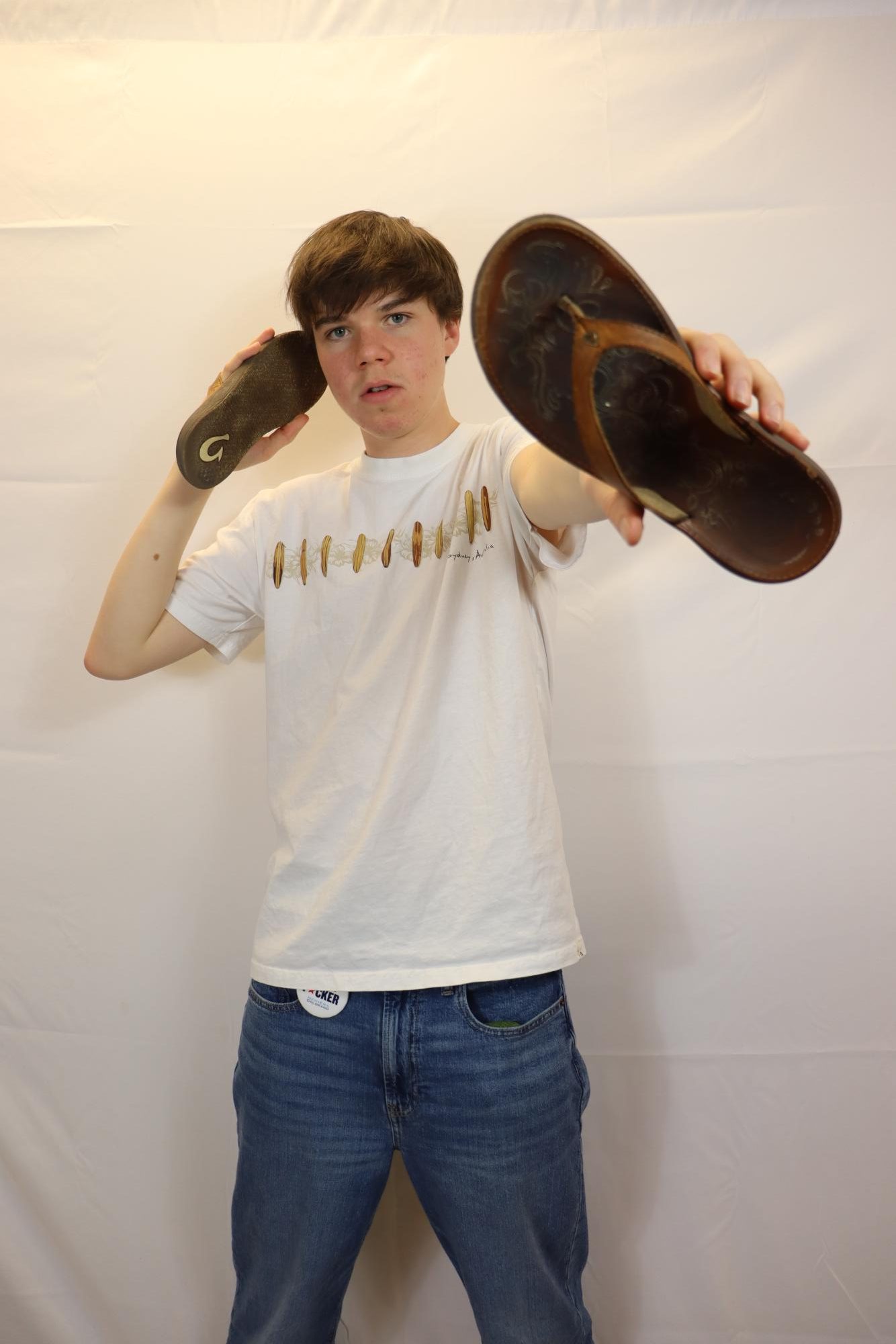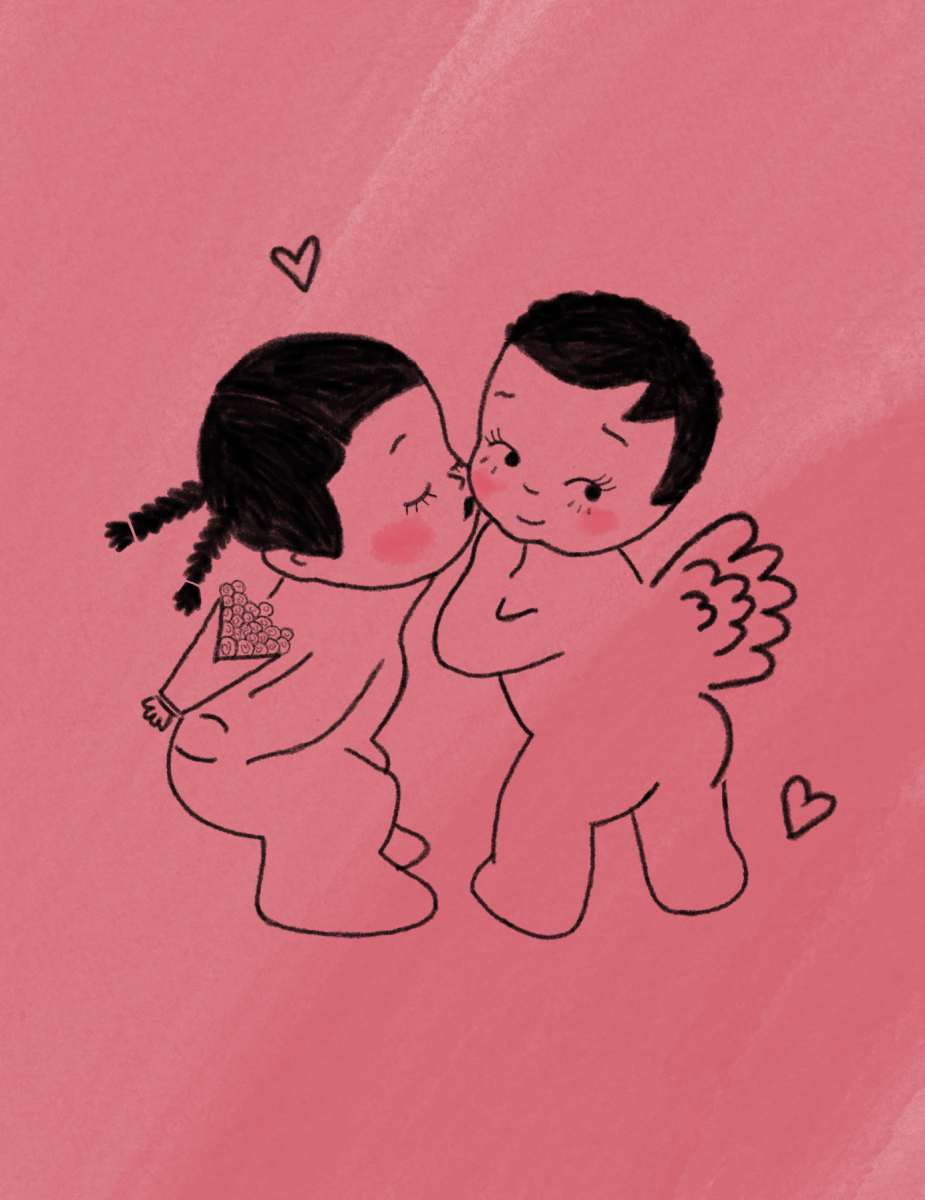New year, new schedule, new start, but one thing is still making its run through the hallways of Fairview. Students and teachers are not shy of wearing open-toed shoes like flip-flops and sandals around Fairview. Despite the weather conditions, the day of the week, and the dangers associated with open-toed shoes, students are not anywhere near slowing down in wearing these specific shoes of choice. Nothing is stopping some students from exposing their feet to the rest of Fairview.
The problem isn’t the sandals themselves. I like flip-flops, and if I’m at the beach, flip-flops are a really great option. They are easy to dry off, get sand out of, and remove the discomfort of putting socks or other closed shoes on with wet feet. I also enjoy, on occasion, during the summer, wearing sandals outdoors. Their ability to be slipped on and off can be super convenient when running quick errands or just grabbing a quick bite to eat. However, sandals were made for a reason; they offer ease, comfort, and breathability when it comes to warmer climates, with an extra emphasis on warmth, and for short periods of time. Sandals aren’t intended for students to wear at a school 5,545 miles above sea level, and 1,000 miles from the ocean in any direction. Nor were sandals intended to be used during 6-hour school days. In addition to their complete lack of sensibility, they cause a plethora of other problems as well.
They lack the support and cushion required for long school days, not to mention the comfort needed to walk up and down Fairview halls. They offer nothing but bad foot support and can even result in a blister between the toes where the strap is – yuck.
Flip-flops are also so easy to break and so easy to become an even bigger issue. Flat-tiring someone who is wearing flip-flops can force them to stop entirely and re-adjust their footwear, maybe even causing a block in an already busy and congested school hallway.
They’re also a lot weaker and create bigger problems than those of regular sneakers. They can become dangerous within themself for people taking certain classes. Lab sciences and culinary classes have the potential for dangerous situations in which having exposed feet can generate greater problems, like being exposed to hot food, heavy items, and chemicals. Those aren’t the only times in which exposed feet are in harmful situations; Communal bathrooms and other locations can carry all sorts of viruses, and exposing feet to these kinds of conditions can lead to fungal, bacterial, and viral infections. These different infections can be easily attached to the foot and taken anywhere your raw dogs go. Not just viruses, but glass and other harmful objects can easily attack the bare, unprotected foot. Not to mention, flip-flops aren’t meant to be used to run, so in the case of an emergency, I hope you are prepared to run barefoot.
Though my main problem with flip-flops isn’t about the harm they can inflict, considering I don’t wear flip-flops to school, I don’t need to worry about the risks. My biggest problem is other students having their grippers out in public. As someone who walks with their head down, shoes are in my direct field of vision, and now so are feet! A regular person should have at least two forms of barriers to their raw tootsies: socks and shoes. So why is it that while I am walking through the halls, my eyes are attacked by other people’s feet? Don’t even get me started on people who don’t have proper foot care.
Even with all these problems caused by wearing flip-flops, it does not stop tons of students each day from continuing to use them as their shoe of choice and revealing to the world their trotters. Though far from my first choice, actually rather never my first choice, it is not up to me to decide what students wear around Fairview. The next time you want to slip on open-toed sandals, I hope you think about all the issues they can cause, and at least grab some socks.





